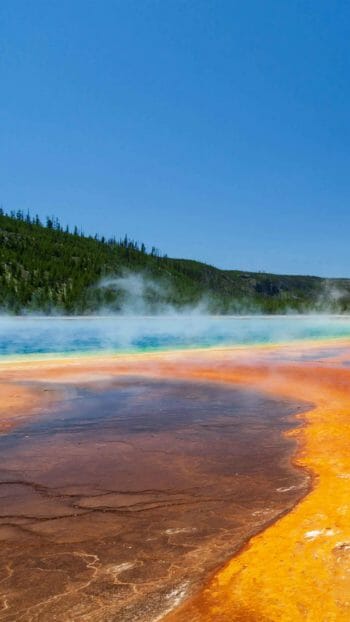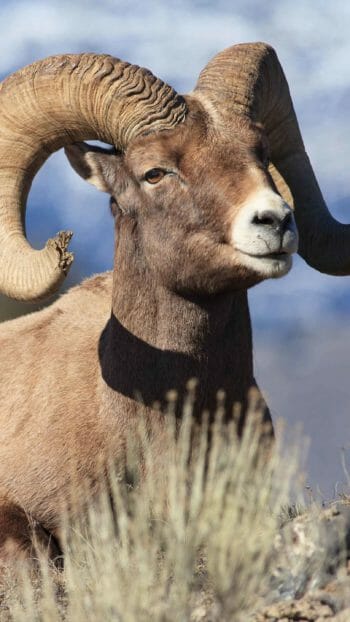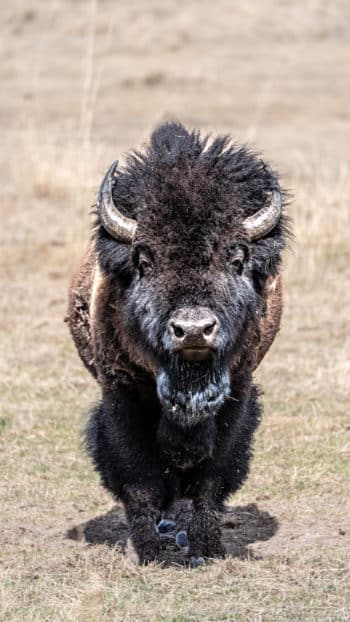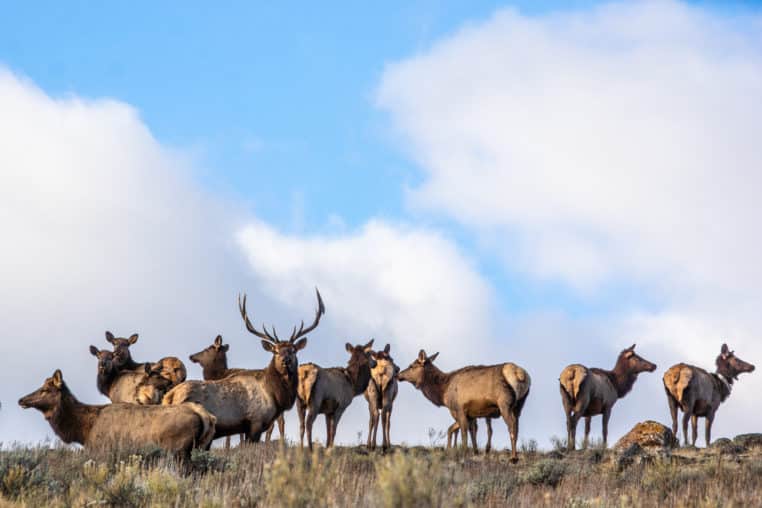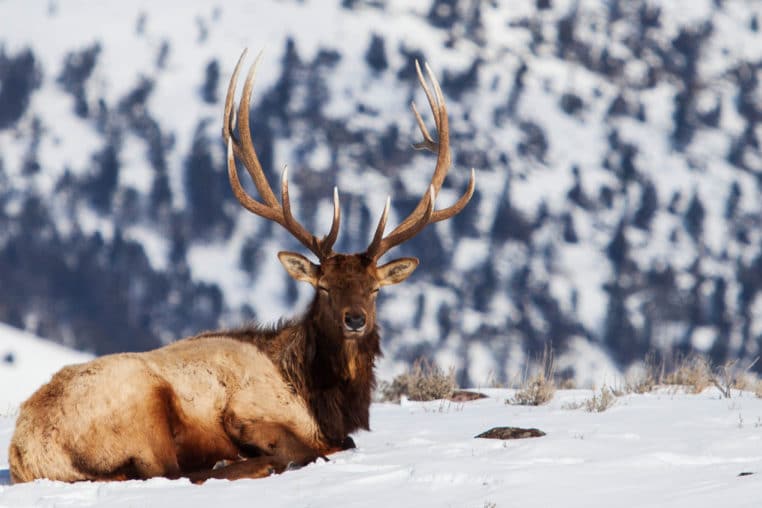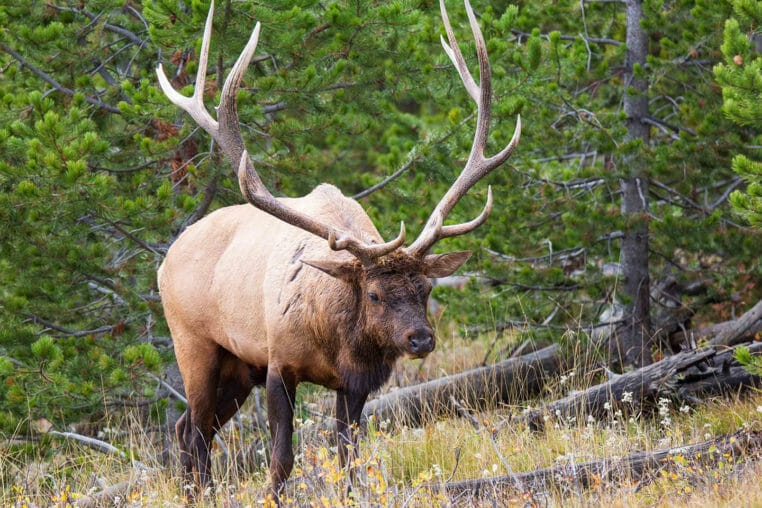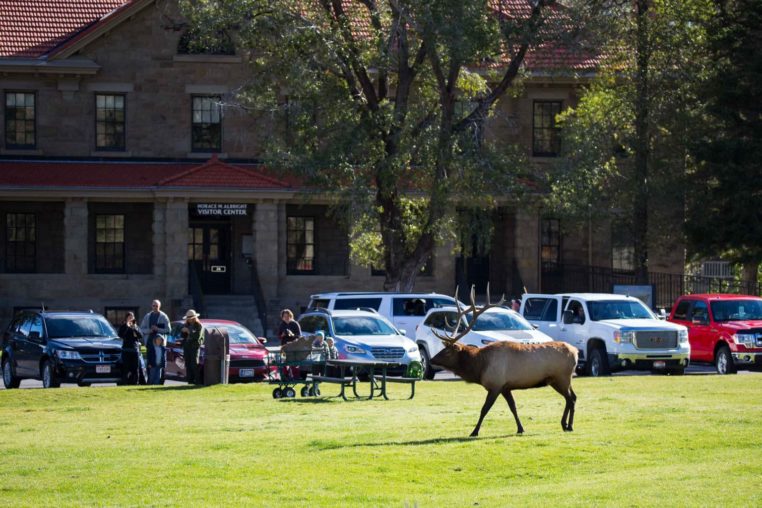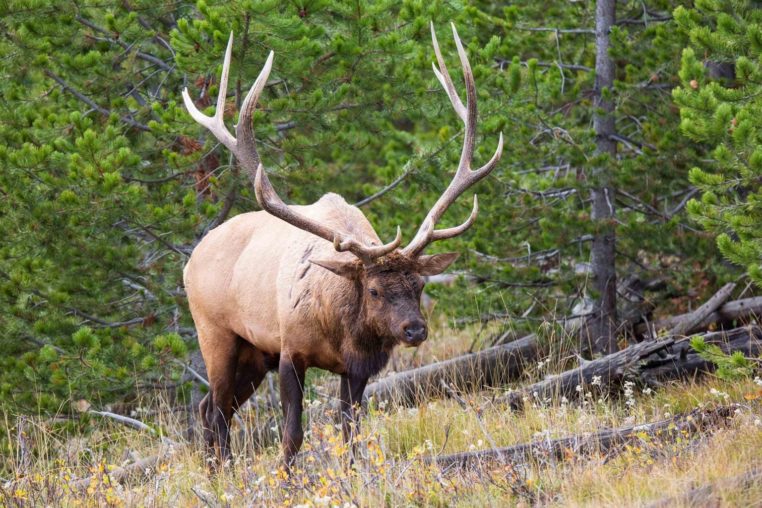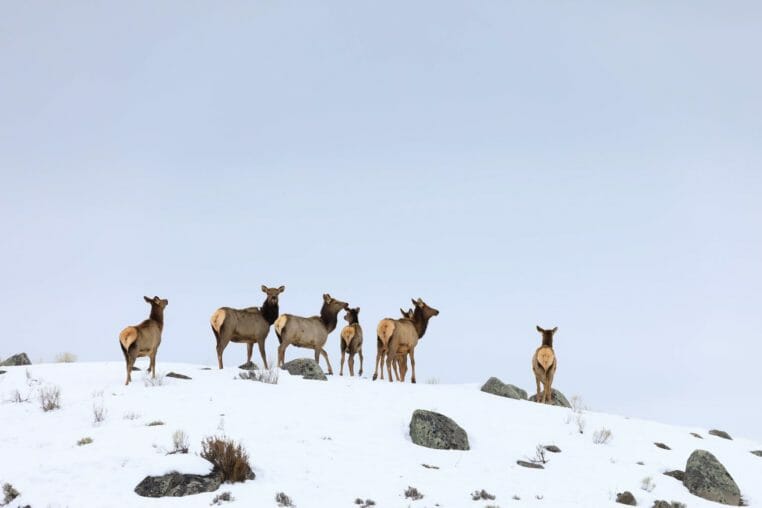
Elk once roamed nearly all of North America, from coast to coast, but their historic range was dramatically reduced in the 1800s due to overhunting and widespread habitat loss as settlers expanded westward. Populations declined sharply, and for a time, their survival was uncertain. Today, thanks to conservation efforts and the protection of key habitats, more than a million elk thrive across the western United States, with smaller, reintroduced herds established in select eastern states. Yellowstone National Park and Grand Teton National Park now provide some of the most important and intact elk habitat in the country, where these magnificent animals continue to flourish within protected lands, offering visitors the chance to witness them in large numbers and observe natural behaviors year-round.
Wildlife Viewing
- Yellowstone
Book Online
Watch For Wildlife On These Tours
About
A Giant Member of the Deer Family
Elk belong to the deer family, yet they are much larger than most of their relatives. Female elk, known as cows, weigh between 400–500 pounds and stand around 4.5 feet at the shoulder. Males, or bulls, are even more impressive, weighing 700–800 pounds and reaching five feet tall at the shoulder. Each year, bulls grow enormous antlers that can span four feet across and weigh up to 20 pounds apiece, making them a highlight for wildlife photographers in Yellowstone and Grand Teton.
Calving Season
In May and June, female elk leave their herds to find safe, secluded places to give birth. Calves weigh about 30–40 pounds at birth and are remarkably quick to stand, walk, and nurse within the first hour. For their first weeks of life, calves hide in tall grasses, relying on their lack of scent and ability to stay still to avoid predators, before rejoining the herd with their mothers, creating wonderful opportunities for spring elk viewing in Yellowstone and Grand Teton.
Summer and Velvet Antlers
When summer heat sets in during July and August, elk move to shaded forests and higher elevations where food is plentiful and temperatures are cooler. During this time, bulls focus on growing their antlers. Covered in a soft, blood-rich “velvet,” these antlers can grow as much as an inch per day. The velvet nourishes the rapidly developing bone until late summer when it begins to shed, a fascinating natural cycle for those interested in Yellowstone wildlife photography.
Fall Rutting Season
September and early October mark the peak of the elk rut in Yellowstone and Grand Teton, one of the most exciting wildlife events in Yellowstone. Bulls shed their velvet by rubbing antlers against trees, revealing polished racks that they use to impress cows and challenge rival males. Dominant bulls gather harems of females and fiercely defend them from competing suitors, leading to dramatic displays of chasing and fighting.
Perhaps the most magical part of this season is the haunting bugle of the bull elk… a piercing, high-pitched call that echoes through valleys and forests. The bugle serves both to attract mates and to intimidate rivals, and it is one of the most memorable sounds of autumn in Yellowstone.
Best Times to See Elk
Elk can be seen throughout the year, but spring and fall offer the most reliable and rewarding viewing. In autumn, visitors witness bulls in their full glory, hear the resonant bugling, and watch the action of the rut against the golden backdrop of changing leaves. Elk are most active at dawn and dusk when they emerge to graze in open meadows, providing excellent opportunities for wildlife watching in Yellowstone and Grand Teton.
FAQs
How many elk live in Yellowstone and Grand Teton National Parks?
The Greater Yellowstone Ecosystem supports one of the largest elk populations in North America. Yellowstone alone is home to several major herds, including the Northern Yellowstone elk herd, which is one of the most studied wildlife populations in the world. Grand Teton also provides prime habitat, with thousands of elk migrating through the park and wintering on the National Elk Refuge.
When is the best time to see elk in Yellowstone and Grand Teton?
The best elk viewing seasons are spring and fall. In spring, elk return to lower elevations with their newborn calves, making sightings common in meadows and valleys. In fall, the elk rut takes center stage, with bulls bugling, sparring, and gathering harems of females. These dramatic displays are among the most unforgettable wildlife experiences in Yellowstone and Grand Teton.
What is elk bugling and why do bulls do it?
Elk bugling is the haunting, high-pitched call of a bull elk during the rut. This vocalization serves two purposes: to attract females and to intimidate rival males. The sound can echo across valleys and forests, and for many visitors, hearing an elk bugle is one of the most magical experiences of autumn in Yellowstone.
How large do elk antlers get?
Male elk, (bulls) grow enormous antlers each year that can span up to four feet across and weigh as much as 20 pounds each. Covered in velvet during summer growth, the antlers harden by fall and are used to display dominance and fight rivals during the rut. Bulls shed their antlers in late winter, and new ones begin growing in spring.
Where are the best places to see elk in Yellowstone and Grand Teton?
In Yellowstone, elk are often seen in Lamar Valley, Mammoth Hot Springs, and Hayden Valley, especially at dawn and dusk. In Grand Teton, look for them along the Snake River, Moose-Wilson Road, and near willow flats. During winter, thousands of elk migrate to the National Elk Refuge in Jackson Hole, making it one of the most reliable spots for close viewing.
Further Reading
Animals of Yellowstone: A Seasonal Wildlife Guide
May 21, 2025
From mighty grizzlies to elusive wolves and thundering herds of bison, Yellowstone National Park is a living, breathing showcase of North America’s most iconic wildlife where every season offers a different kind of magic.
Wildlife Tours in Yellowstone: Your Complete Guide to the Best Safari Experiences
Jun 19, 2019
Yellowstone’s reputation as a wildlife haven is no accident. As the heart of the Greater Yellowstone Ecosystem, the park protects one of the largest nearly-intact temperate ecosystems on the planet.

